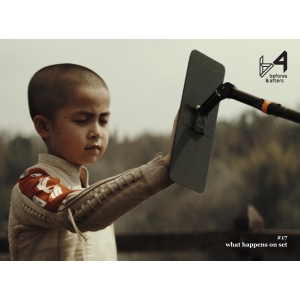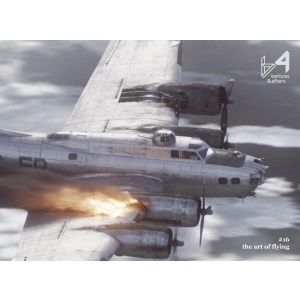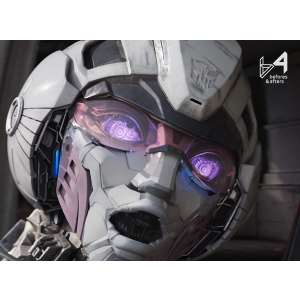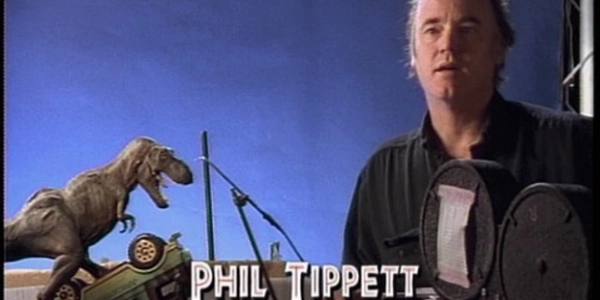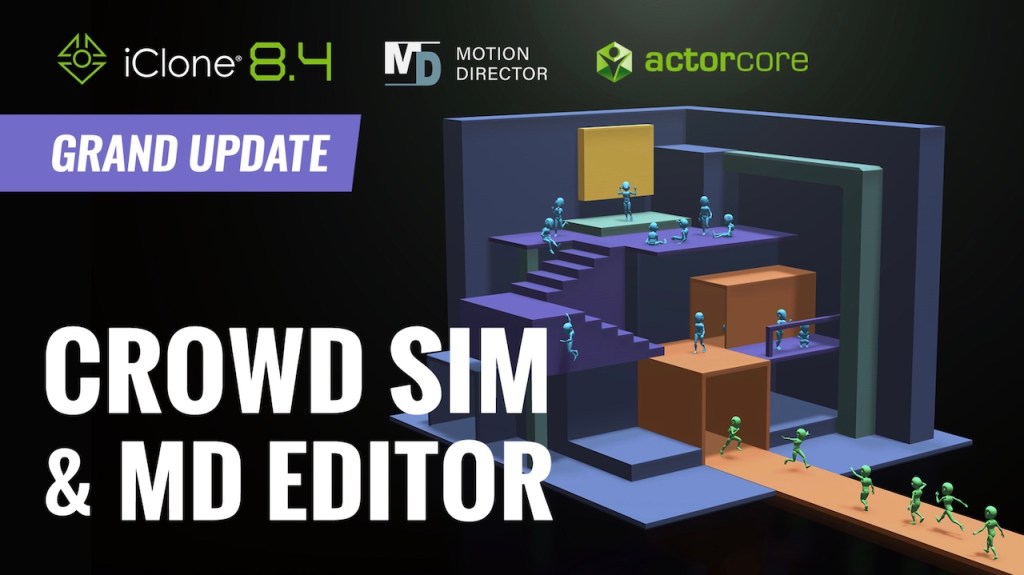Have you tried out Quill? It’s the painting and animation tool developed by Oculus VR. Until this week, I hadn’t quite got my head completely around how design and animation in VR space was done.
But thanks to Goro Fujita’s demo at Trojan Horse Was a Unicorn, I am now….all in. Fujita is an art director and illustrator and has been at Oculus and now Facebook since Quill was invented (I could do a whole other story about the amazing engineers and artists behind that, too).
What Fujita shared at THU, via a history of his own shorts (which includes The Last Oasis) and experiments in VR and those of the studio, was more than just the capabilities of Quill. He also dived into what makes VR stories work, and not work. Here’s some of what he said.
How do you describe what VR is, anyway?
This is probably the thing I liked the best about what Fujita shared at THU. He actually identified the kinds of VR stories or content that are out there, because there are a few different kinds. He suggests these are:
1. Linear passive content – for example, Age of Sail
2. Linear interactive content – for example, Crow: The Legend
3. Self-paced passive content – for example, Beyond the Fence
4. Self-paced interactive content – for example, Wolves in the Walls
Common problems in telling VR stories
So, knowing the kinds of VR content that are out there, Fujita moved on to what challenges he and others have faced in telling good VR stories. Here’s what he came up with:
1. Assuming you can control audience with visual queues and spatial audio – it’s a myth
2. Fear of missing out – missing some of the action while you’re looking elsewhere
3. Using traditional film language like jump cuts and time lapse – these simply just don’t work in VR in the same way as ‘flat’ narrative films
4. Adding interactivity without a purpose – sometimes interactive elements in VR just aren’t necessary
A partial recipe for success
So, can you overcome these challenges? Fujita said he had found certain things that worked when making VR experiences. Here’s what those are:
1. Using narration – it helps the user understand what’s happening
2. Using vignettes instead of full 360 sets – just showing a partial set and the rest ‘darkened’ can encourage users to explore what they’re meant to
3. Use fades for transitions instead of cuts – makes it more comfortable and not jarring for the user
4. Opportunity to use scale to convey different emotions – you can play with scale A LOT in VR
5. Give the audience time to explore – let them explore, basically
6. Co-watching can introduce interesting social dynamics – watching the VR experience with one person adds something new
So, if you’re working in VR, I hope Fujita’s advice might be useful. I thought it identified and codified a lot of things I’ve been thinking about the past few years. Follow Fujita at Twitter or Instagram.
Feature photograph by Miguel Oliveira – Point and Shoot.


